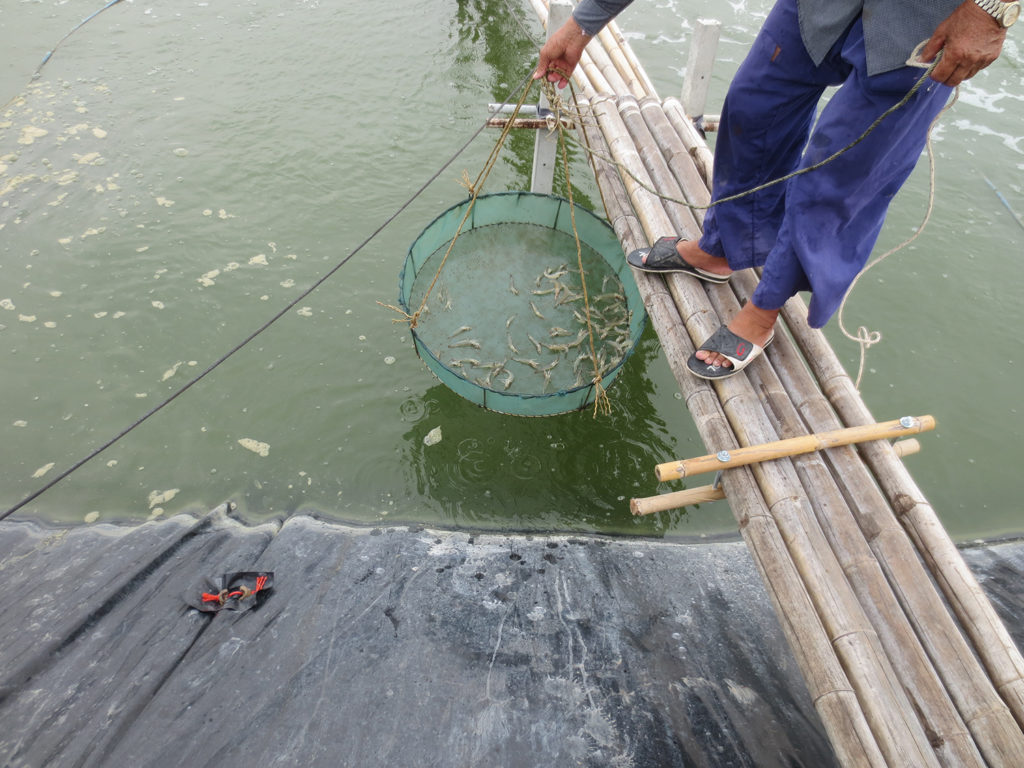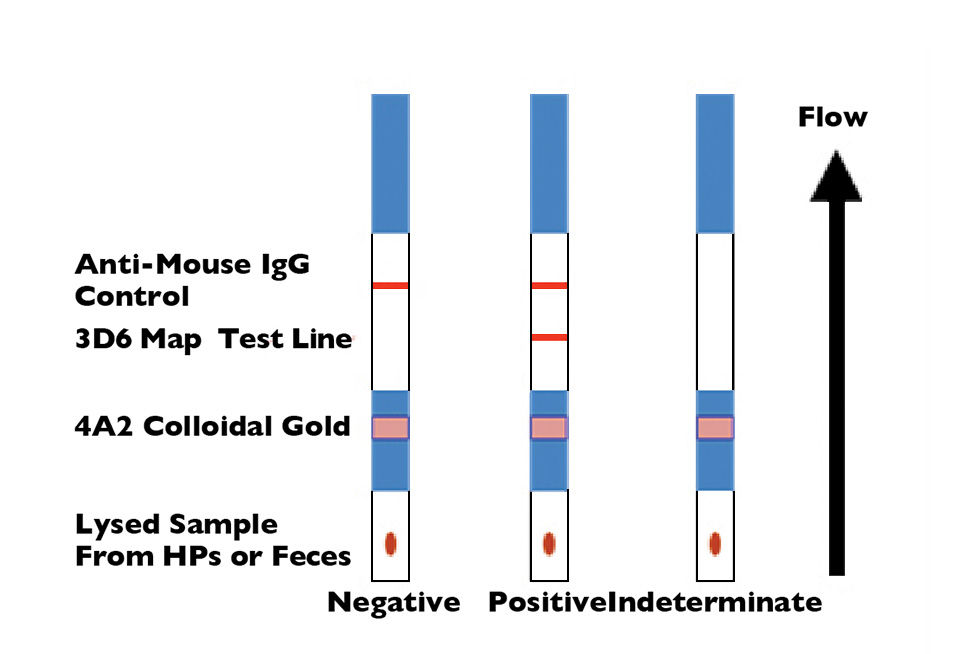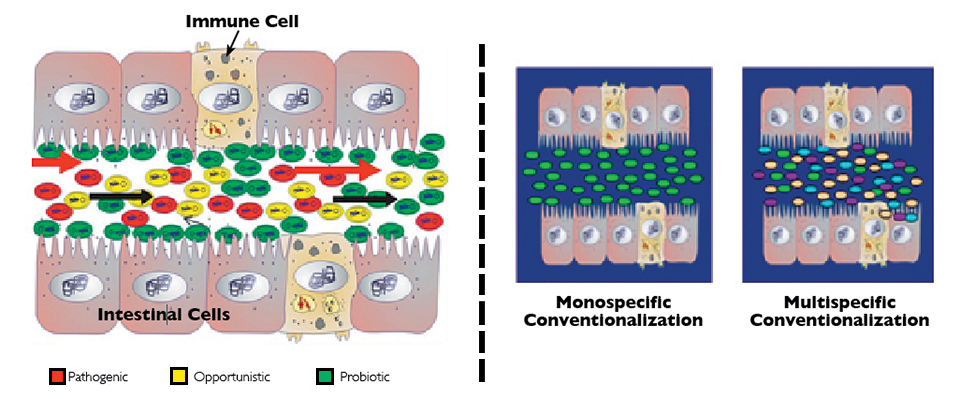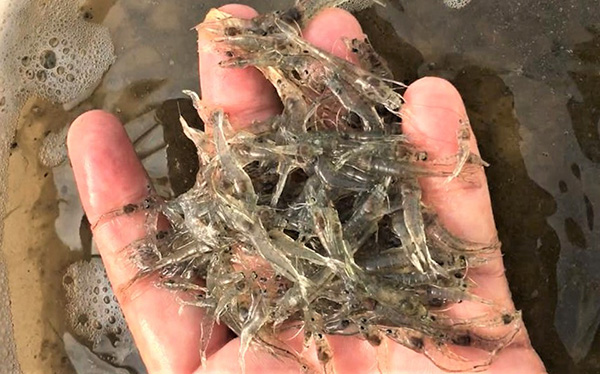Dr. Stephen Newman: Appropriate supervision can prevent potential contamination with pathogenic vibrios, including those that cause AHPNS

Perhaps the single largest biosecurity gap – right after not ensuring that the shrimp broodstock are free of pathogens – in dealing with Acute Hepatopancreatic Necrosis Syndrome (AHPNS) or disease (AHPND) is the pond-side grow-out in tanks of bacteria without appropriate quality control and oversight. This poses a serious biosecurity risk as AHPNS-causing bacteria thrive under these conditions.
Please note that I am not saying that the products being activated are problematic; I have no way of knowing one way or another. My company sells products that are used this way as well.
But what I believe is that without appropriate supervision there is the very real potential of contamination of these tanks with vibrios and quite likely the vibrios that cause AHPNS. This makes this practice a serious biosecurity risk. There are products that avoid this – such as our tableted blend of Bacillus species widely used in Ecuador and other shrimp farming countries – that do not require activation or grow-out before use, and this safer approach is being widely copied.
Vibrios and plasmids
Vibrios are ubiquitous in aquatic environments and serve an important role in degrading chitin –a primary component of the exoskeletons of arthropods such as crustaceans and insects and also present in many other organisms – among other things. Most of the 135-plus vibrio species (and counting) are benign, although some can infect weakened animals. Only a few are associated with disease as obligate pathogens, i.e., they infect and affect healthy animals. The vibrios that are of greatest concern globally are those that cause AHPNS. This is a toxicosis in that the presence of the PIRa and PIRb toxins these vibrios produce is responsible for this syndrome.
The genes that encode to produce these toxins are located on a plasmid (pVA1), a small circular piece of DNA that is not a part of the bacterial normal DNA. Plasmids can carry many different genes including, among many others, those for antibiotic resistance, outer membrane proteins that sequester iron and a variety of toxins. These particular plasmids and parts of them are readily transferred between different strains and species. We are only just beginning to learn how widespread they are.
Originally reported in a strain of Vibrio parahaemolyticus (VP) in China, various strains in culture collections that predate the Chinese reports have been identified. This plasmid has also been found in several other vibrios, including some that are usually considered benign, and other species of bacteria. One can expect that this trend of increasing numbers of bacterial species picking up the plasmid and expressing these toxins will continue, especially considering the often-uncontrolled pond-side grow-out of different bacteria for applications in shrimp culture ponds.
Among many pertinent findings, there are variable quantities of plasmids within different strains. It is important to understand that the process by which these genes move between bacteria is not highly efficient and pieces of the genes – genes that encode for only one of the toxins and many variations thereof – do occur. Some strains have many copies of the plasmid and may not produce much toxin while others may produce high levels of toxins. Some may produce both toxins while others may only produce one or the other. These toxins are responsible for the pathology, although recent data suggest that some of the other properties of the VP strain are involved as well. Studies with cell-free, purified toxins have demonstrated that these toxins can cause the damage observed in the target organ, and that the bacteria need not be present.
Bacteria are ubiquitous in and on shrimp and the environment that they live in. For many aquafarmers, vibrios are considered undesirable bacteria and their attention has typically focused on those species that cannot degrade the sugar sucrose. On the widely used selective media for vibrios, TCBS (Thiosulfate–citrate–bile salts–sucrose agar, or TCBS agar, a type of selective agar culture plate that is used in microbiology laboratories to isolate vibrio species), this property is responsible for the colonies appearing green when they cannot utilize it and yellow when they can. This is incorrect in that there is no correlation between the ability to produce disease and the ability to degrade sucrose.
Selective elimination of any given bacterial species in the absence of failing to address what are usually the true reasons for many problems in the animals, including but not limited to the presence of stressors and the carry-over of pathogens from broodstock into postlarvae (PL) for shrimp, is likely not wise. Microbiomes are complex, and selectively eliminating elements of them opens these niches to other bacteria. Recent observations confirm that the widespread use of disinfectants appears to enable the strains that cause AHPNS by eliminating competitive bacteria.
Most vibrios grow very quickly, and their generation times (time to double population numbers) under the right conditions can be 12 minutes or less. When beneficial Bacillus spore products are cultured at pondside, it can take hours for the spores to germinate, with some species and strains being quicker than others although many take 12 or more hours. This is temperature and salinity dependent. Also, the strains of VP responsible for AHPNS have some properties that allow them to readily outgrow and compete against many other bacteria.
The PIRa and PIRb toxins can be present in the absence of bacteria. Bacteria can be protected by biofilms and sequestered in areas that further protect them. The use of disinfectants disrupts the microbiome and may actually create a selective advantage for the faster-growing bacteria to dominate. There is increasing evidence that even low levels of the toxins may damage the shrimp hepatopancreas. This in turn increases the chances of animal health challenges affecting growth rates, feed conversions and of course profitability.
Screening for the presence of the specific bacteria that are producing the toxins is problematic. This is because one cannot be certain what species are producing the toxins. There are practical limits to how much material can be sampled cost-effectively. Using the most sensitive techniques available one can still get false negative results. For various reasons, the limitations that exist in sampling complex aquatic ecosystems ensure that there will always be some false negatives. It is not accurate to state that when samples are negative that this invariably means that the environment being tested is free of the toxins.
Bacteria are ubiquitous in and on shrimp and the environment that they live in. For many aquafarmers, vibrios are considered undesirable bacteria and their attention has typically focused on those species that cannot degrade the sugar sucrose.
Pondside production of bacterial applications
Pondside grow-out systems allow rapidly growing strains/species of bacteria such as the vibrios to proliferate at the expense of all other species. This is why quality control of any activation or grow-out scheme that entails growing bacteria pond-side is essential. For many years, farmers have decided that the best way to add beneficial bacteria to their ponds is to grow the bacteria up pond-side. They have been persuaded that adding high levels of the bacteria that they think they are culturing is the way to gain the greatest benefit from their usage.
However, in typical production systems open to the environment, many factors impact what is going on. Adding large numbers of bacterial species to ponds is not as straightforward as it seems and moreover, it is not necessarily better. These are complex ecosystems that one is adding the bacteria to, and the added bacteria are limited by the availability of nutrients and competition for them by the existing microbiome.
There are bacterial viruses (known as bacteriophages) and a wide range of predators that feed on bacteria that will bloom in response to high levels of available food, as well as a variety of antimicrobial substances which in concert all act to limit the ability of these exogenous bacteria to grow – thus the need to add them repeatedly, as is common practice. There is no data that supports the theory that more is necessarily better in your average pond because something is usually limiting them.
This, however, is but one aspect of the process. The vibrios that contain the specific plasmid and genes to produce the toxins PirA and PirB thrive when there is little competition. The norm is blending molasses with seawater and culturing products that contain spores and many other non-spore-forming bacteria (currently being offered to farmers as beneficial bacteria) without making sure that the Pir toxins are not present when this ferment is added to ponds. Many farmers are probably and unwittingly adding AHPNS-causing bacteria to their ponds via this route. While data demonstrating this are not published in peer-reviewed literature, my personal experience – as well as those from others who have bothered to look – with growing bacteria outdoors suggests that vibrios are common contaminants. While there may be some benefit from the other bacteria present, in my opinion, it is not worth the risk to the farmer and the industry.
A risky practice
The risks to the farmer are not just from the toxins being produced by VP, but these pond-side practices and their often-typical laid-back controls can lead to growing not just the targeted beneficial bacteria (typically species of Bacillus) but also many species of undesirable vibrios and other bacteria. This increases the chances of the exchange of genetic material that encodes for other toxins and for antibiotic resistance. Some strains of VP are highly pathogenic for humans and can cause serious disease, even death in less than 24 hours after the initial infection (usually through a wound), and widespread and growing resistance to currently available antibiotics can pose a serious threat.
Perspectives
This lack of oversight over what is being grown is a guarantee that AHPNS will continue to cause serious challenges to shrimp farmers everywhere and that antibiotic resistance will spread. While it is possible that some tolerance, and perhaps eventually resistance, may develop to these toxins, the damage that is occurring today and certain to continue into the near future is significant and worsening. This approach to the addition of bacteria to the ponds belies an overall lack of understanding on the part of most farmers and elements of the supply chain about the risks involved.
Furthermore, because some strains of VP are also human pathogens, I believe it is irresponsible to be taking an approach that because of its massive scale ensures that there are selective pressures in place that can produce even more virulent and antibiotic-resistant bacterial strains, endangering the health of the farmers and those around them. Growing bacteria is best left to professionals with the tools to ensure that the cultures are not being routinely contaminated with other bacteria that could harm the crop and potentially the farmers as well.
Follow the Advocate on Twitter @GAA_Advocate
Now that you've reached the end of the article ...
… please consider supporting GSA’s mission to advance responsible seafood practices through education, advocacy and third-party assurances. The Advocate aims to document the evolution of responsible seafood practices and share the expansive knowledge of our vast network of contributors.
By becoming a Global Seafood Alliance member, you’re ensuring that all of the pre-competitive work we do through member benefits, resources and events can continue. Individual membership costs just $50 a year.
Not a GSA member? Join us.
Author
-
Stephen G. Newman, Ph.D.
President and CEO
Aquaintech Inc.
Lynnwood WA, USA
www.probioticsaquaculture.com
Tagged With
Related Posts

Health & Welfare
The unmet promise of pondside PCR
A new generation of technology, portable PCR, offers potential for affordable, immediate, pondside diagnosis in easy-to-use handheld kits. But will it live up to the hype?

Health & Welfare
Rapid test detects NHP in penaeid shrimp
A rapid lateral-flow immunoassay using monoclonal antibody combinations can identify necrotizing hepatopancreatitis (NHP) infection in less than 15 minutes.

Health & Welfare
Domestication of gut microbiota can improve shrimp aquaculture
In studies, bacteria and yeasts isolated from the native microbiota of wild shrimp at larval, juvenile and adult life stages were administered to early-stage shrimp via the culture water.

Health & Welfare
Effects of Bacillus velezensis dietary supplementation on growth and health of Pacific white shrimp
Assessing the B. velezensis BV007 supplement to promote growth, enhance immune response and modulate intestinal microbiota of L. vannamei shrimp.



